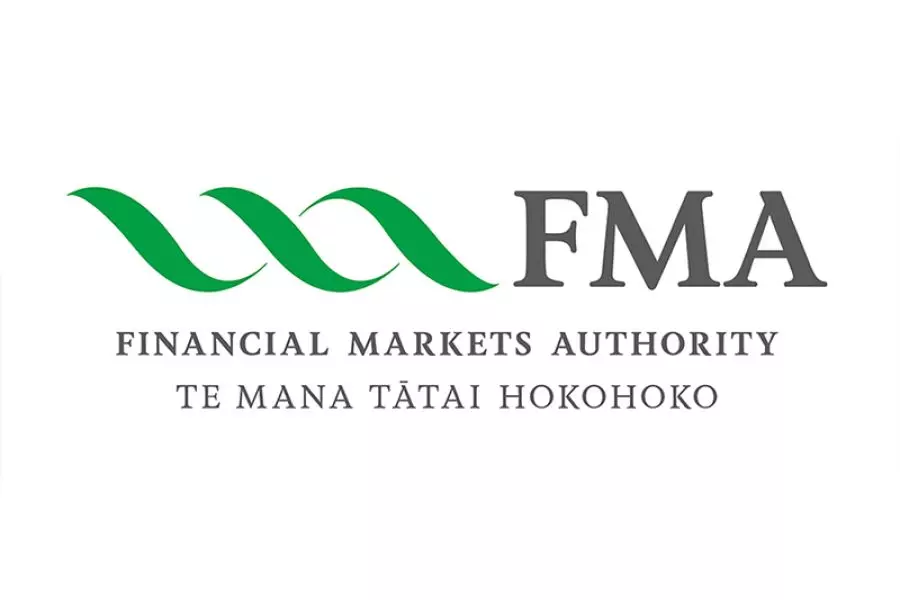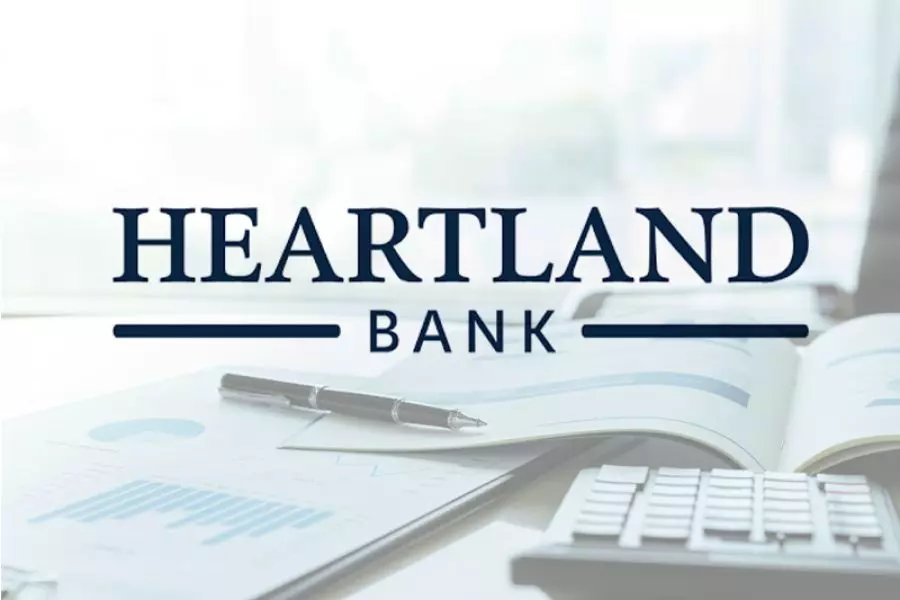News
Landlords still hold the upper hand - just

Saturday 19th of February 2022
CoreLogic’s latest Housing Affordability Report shows this figure has been on a slow and steady upwards trend since late 2018 and is now a new record high – or in other words, the worst position on record for rental affordability.
Rental affordability has been steadier around the main centres, although Tauranga does look a bit more stretched – 30% of gross average hous...
Want to read the full article?
Click the button below to subscribe and will have unlimited access to full article and all other articles on the site.
2 min read









![[The Wrap] Bye Bye Bayly](https://goodreturns.publit.io/file/c_fill,w_900,h_600/39f23ac1-f7c7-4854-b700-a150004ebbac.webp)